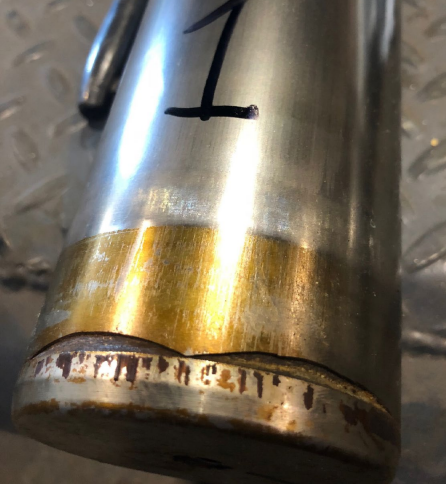Cavitation — the formation of bubbles in a liquid — is the No. 1 problem encountered when operating plunger pumps. Cavitation can cause a remarkable amount of damage to pump components and the pump as a whole, resulting in costly repairs, increased labor needs, and extensive downtime.
So how can you tell if you’re dealing with this common pump problem? If you answer yes to any of the following questions, you likely have a cavitation issue on your hands.
- Does the full opening pipe valve in the suction line need to be repaired or replaced? Is it sticking and no longer fully opening?
- Has corrosion developed in the suction piping over time, causing restricted flow?
- Have flanges and other pipe fittings worked loose, causing air to be drawn into the system?
- Has the pumped fluid changed? Has the temperature increased? Increased temperature requires more net positive suction head (NPSH). Have contaminants been introduced into the pumped fluid, altering its vapor point?
- Has the fluid level in the feeder tank or vessel changed? Has sediment accumulated in the bottom of the feeder tank or vessel, partially blocking the suction outlet or decreasing the overall volume of fluid available in the tank? Is the kill switch, triggered by the fluid level in the tank, still working?
- Is there a filter or strainer in the system that needs to be cleaned or removed?
- Does the suction dampener need attention? Has it been charged, or has the bladder failed?

Triangle Pump Components Inc. is proud to be a leading manufacturer of highly efficient, dependable plunger pumps, and our expert team is well-versed in all aspects of pump maintenance, inspection, and repair.
To learn more about solutions to your cavitation problems, specifically the common challenges outlined above, and how to best maintain your equipment to avoid these costly, time-consuming cavitation-related issues, download our free eBook today.